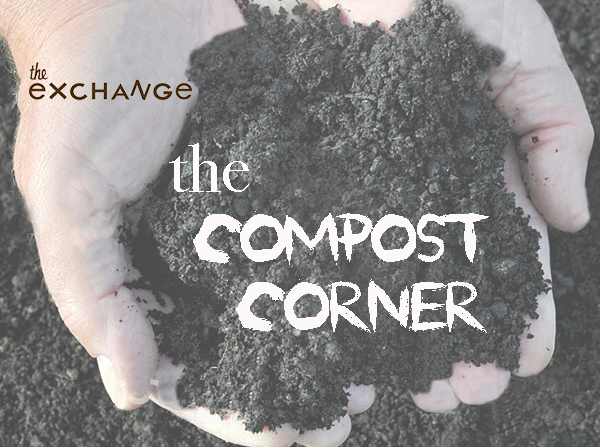Community Scaled Composting
ORS previously held two events on Orcas to introduce community attendees to “food resource management” and some of the basics of composting, including its close relationship to Regenerative Agriculture and Climate Change. Aerobic composting essentially sequesters plant carbon by using processes that manages the oxidative (aerobic) decomposition process.
If you’ve ever purchased compost, you have quite possibly ended up with a variety of things: rotted manure full of weed seed; mulch that was passed off as compost; leaf molds, or dehydrated digestive solids. What you wanted, however, was beautiful, mature, organic-matter-rich, earthy, crumbly, black, life-giving…COMPOST. In true COMPOST, the end product is mature and stable (meaning there is little food waste energy, re: carbon, left at the end of the process). All of the potential energy has been consumed, leaving a huge population of living, breathing bio-organisms (the most complex forms of carbon). This COMPOST contains the building blocks of healthy soil: microbial energy, nutrients (non-organic minerals) and a structure that mimics a fully developed soil ecosystem. COMPOST can be thought of as both the “hardware and operating system” needed for creating a healthy soil – and healthy soil, along with natural wetlands, are earth’s largest carbon sequestering systems!
Research conducted by the EPA in the 1970’s created the foundation for the composting industry of today. “In 2014, the EPA reported that 38.4 million tons of food scraps were generated each year in the U.S. – but only 5.1% were recovered and recycled.” -2014 NYC Community Composting Report. Just imagine the extent of this resource going to waste and adding significant cost to our garbage disposal operations!
In recent years laws have come about that ban food scraps from landfills and incinerators in Seattle, San Francisco and Portland. Since the beginning of 2019, Vermont, Massachusetts, Connecticut, Rhode Island, California and Washington have begun the process of creating food waste resource management plans.
A task force is forming from some attendees of the fall community meetings and anyone else interested. We will start meeting in early 2020 to begin planning for creating diverse, distributed and sustainable systems scaled to meet the needs of both individuals and communities around the island. We hope to continue to develop community outreach that engages and educates folks in food systems thinking, resource stewardship and sustainability. We will work to find solutions that can empower individuals, businesses, agriculture enterprises and institutions to enable the capture and retention of food waste for a community resource.
The paradigm shift is underway – the shift from “waste” to “RESOURCE” has begun. “Community Scaled Composing programs can support social, economic and environmental wellbeing.” – Growing Local Fertility – A Guide to Community Composting”.

